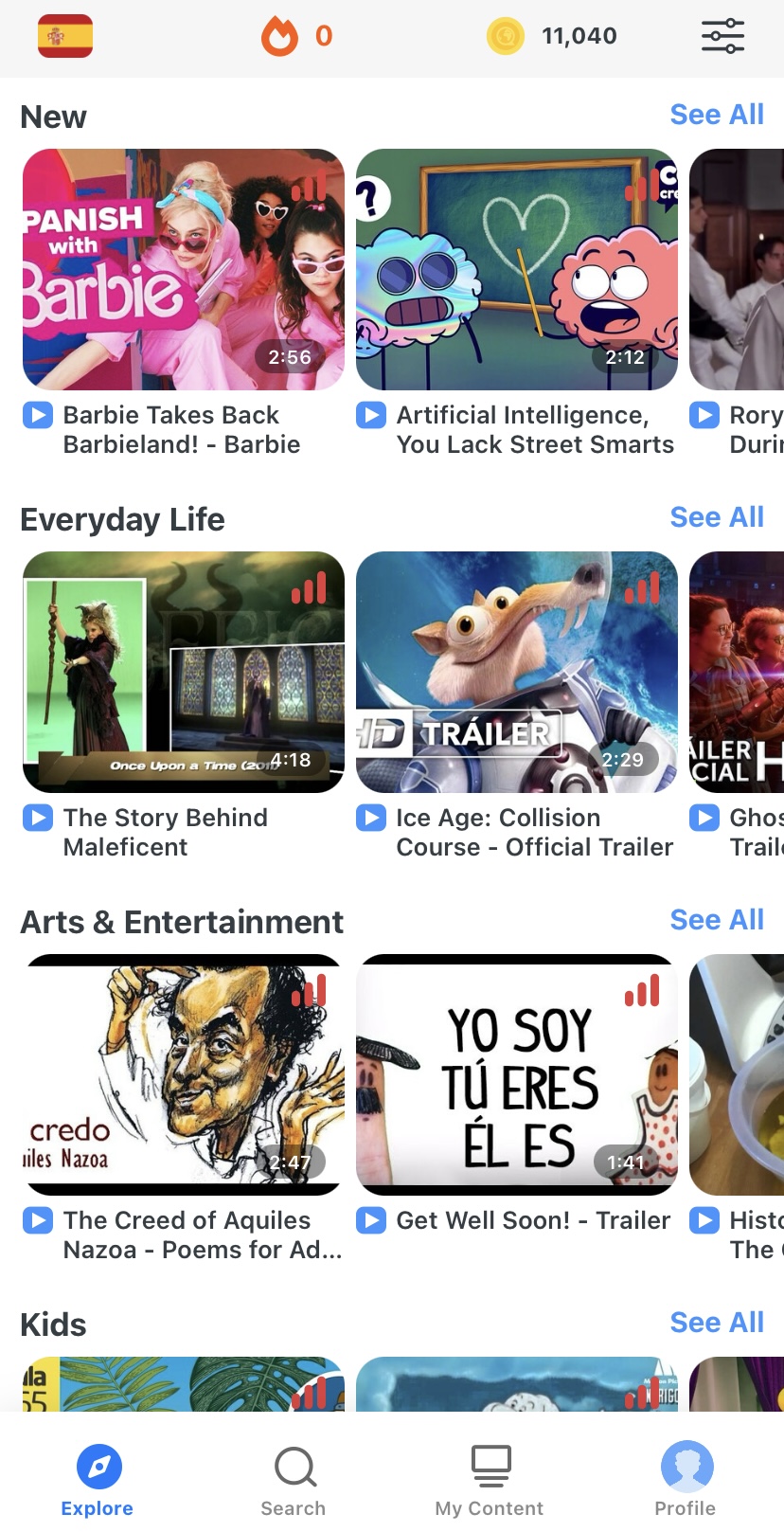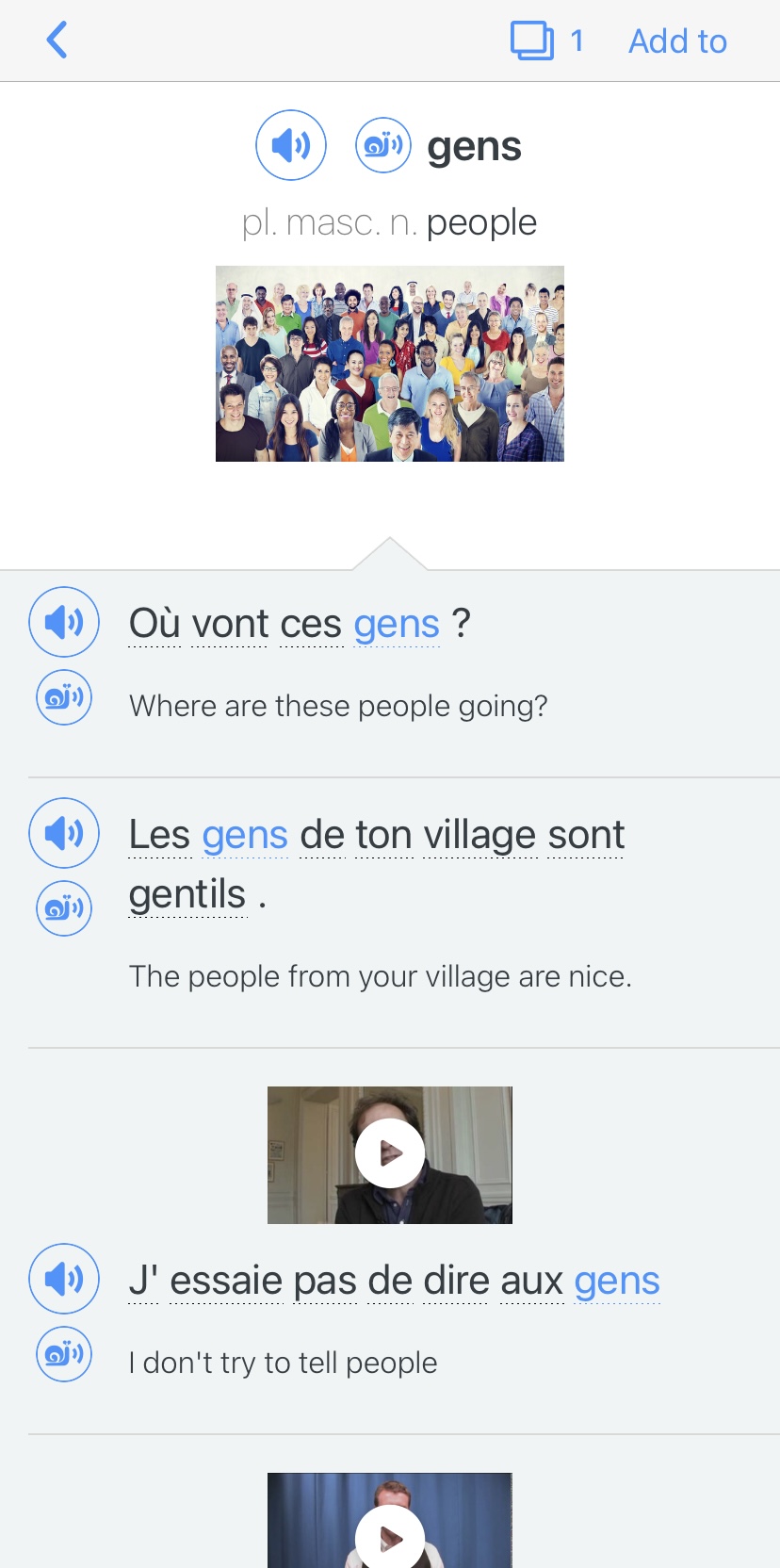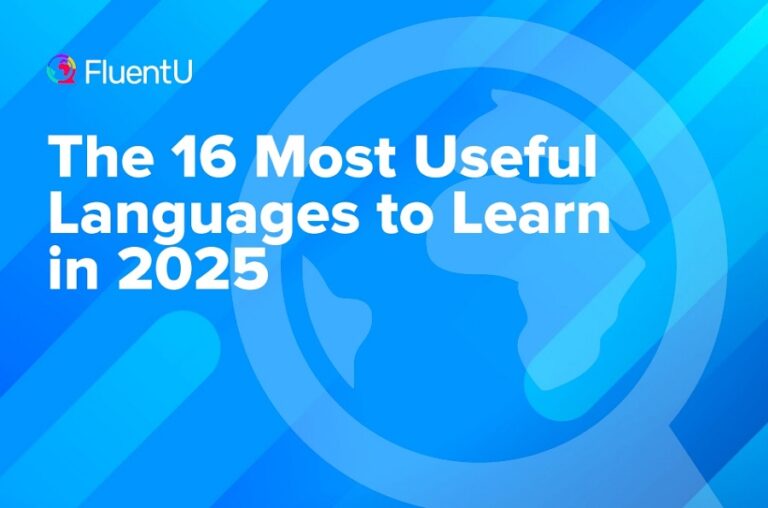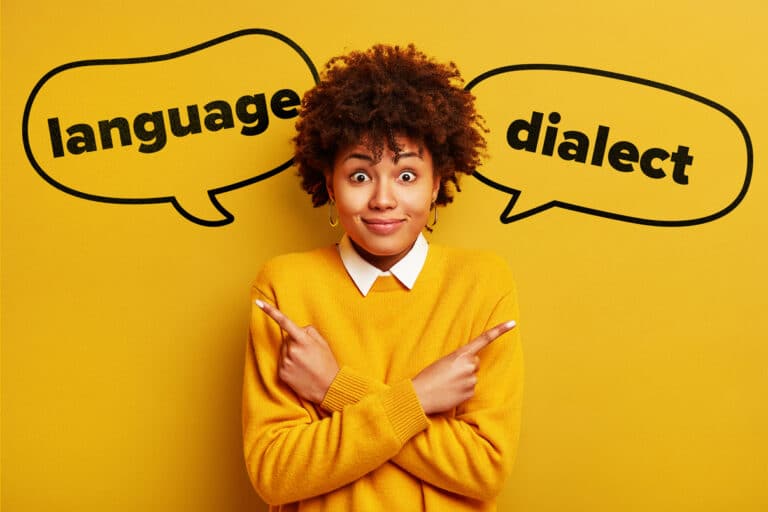The 6 Most Profitable Languages to Learn in 2025

While learning any language could make you more money, there’s not a single language that’s the most profitable in the world. The most profitable language varies depending on what you want to do with it and what your goals are.
So in this post, we’ll go over the six most profitable languages to learn and why. Plus, how many people speak each language (with numbers from WorldData.info).
Download: This blog post is available as a convenient and portable PDF that you can take anywhere. Click here to get a copy. (Download)
1. Mandarin Chinese
Number of native speakers: 955 million
Mandarin Chinese is spoken as a lingua franca in China and Taiwan, as well as in the Chinese communities of Singapore and Malaysia.
Many overseas Chinese people in other parts of the world also use Mandarin to communicate.
Any supply chain in the world is likely somehow connected to China, whether it’s sourcing products directly from the country, or relying on a particular machine part or packaging produced in China.
In addition to manufacturing and logistics though, tourism is another great industry where you can use Mandarin.
China’s population and economy have been booming for years, and every year millions of Mandarin speakers go abroad to see the rest of the world.
If your hotel, resort or tour agency has a Mandarin speaker on staff, you’re likely to get a lot of repeat business.
As far as learning it, Mandarin grammar is relatively easy for English speakers to pick up, as there’s no conjugation or declension.
However, you’ll have to pay a lot of attention to pronunciation, so find a good course with audio and lay a strong foundation in mastering those tricky tones.
I recommend checking out these guides to start learning Mandarin:
How To Learn Chinese By Yourself: My 15 Best Tricks and Techniques | FluentU Chinese Blog
Wondering how to learn Chinese by yourself? It sounds difficult, but it’s definitely doable with these techniques. This guide walks you through 15 steps that worked for…
Chinese for Beginners: 6 Basics You Need to Learn First | FluentU Chinese Blog
Want to learn Mandarin, but don’t know where to start? With these 6 essential topics, you can begin to master the Chinese language basics right now! Explore Chinese…
Chinese Grammar: The Complete Guide to 15 Core Elements
Chinese grammar is logical, structural and simple. And to be completely honest, Chinese language structures make more sense to me than grammar rules of other…
2. Russian
Number of native speakers: 155 million
Russian is spoken all over Russia (no surprise), Central Asia, Eastern Europe and in large and thriving diaspora communities worldwide.
Russian is actually the third most represented language on the Internet after English.
Much like with Mandarin, Russian speakers are going abroad now more than ever, ready and willing to pay for tourist amenities.
Unlike tourists from many other countries, Russians often don’t speak fluent English, which creates a market for Russian-language services in English-speaking countries.
And any company—regardless of industry—with eyes on Russia is going to need Russian speakers to help them close their deals.
(You can read this post to dive into more reasons you should learn Russian.)
Russian might be one of the hardest European languages for English speakers to learn.
Its grammar is quite complex. And thanks to a long literary tradition, there are all kinds of idioms and colloquialisms in common use.
But that doesn’t mean it can’t be done, and the challenge makes the reward all the greater.
The best way to tackle Russian is by first getting a strong handle on the grammar, and then doing a lot of reading and listening to absorb the natural patterns as best you can.
Bookmark these guides to get started on your Russian learning journey:
How to Learn Russian in 11 Steps | FluentU Russian Blog
Want to know how to learn Russian? Click here to find 11 super simple steps to teaching yourself Russian from zero to fluency, from learning Cyrillic to how to study…
The Russian Alphabet: A Simple Guide | FluentU Russian Blog
The Russian alphabet, or Cyrillic, is the first thing that you should learn before moving on to vocabulary or grammar practice. This guide will show you all 33 Russian…
3. Arabic
Number of native speakers: 375 million
Arabic is spoken in more than 20 countries across the Middle East and North Africa.
The situation with learning Arabic is a little complicated, as there are dozens of different vernacular dialects as well as a standardized formal language used in news and writing.
The first thing a lot of people in Western countries usually think of when they hear “Arabic” and “money” is “oil.”
And it’s true, there’s a lot of oil in most Arabic-speaking countries.
But have you considered marketing?
The Middle East is developing at an astonishing pace. More and more people are finding themselves with spending money—and foreign businesses are rushing to take it.
With knowledge of Arabic languages and cultures, you can position yourself as a valuable go-between for brands looking to break into an up-and-coming market.
Arabic presents a number of challenges to the foreign learner, but more and more good resources are coming out.
Generally, people looking to make connections with locals will want to learn a spoken dialect in addition to the standardized formal language.
But you don’t have to worry about learning every dialect—most speakers can understand Modern Standard Arabic and the dialects of their neighboring countries.
4. Portuguese
Number of native speakers: 230 million
Portuguese is spoken mainly in Portugal and Brazil.
The Brazilian variety is most commonly learned by foreigners because of its massive population of speakers—more than 200 million. It’s also an official language in six African countries.
Financially and historically, Brazil’s natural resources have been its largest attraction.
Lumber from the rare trees in the immense forests is prized worldwide, and huge swathes of land are dedicated to raising animals and plants.
However, these industries competing with the natural world have made Brazil an important place for organizations dedicated to preserving the untouched rainforest.
And anyone interested in being a part of these organizations will likely need to speak Portuguese (or at least greatly benefit from doing so).
But don’t forget, although the focus in business Portuguese is on Brazil, there’s an entire Lusophone world out there to explore.
Any country with business in South America, Central Africa and Europe likely has a need for Portuguese speakers—and that could be you.
Portuguese might be one of the easiest languages for English speakers on this list as it’s a closely related European language.
Check out these guides to get started learning it:
How to Learn Portuguese for Absolute Beginners | FluentU Portuguese Blog
To learn Portuguese efficiently, there are some strategies you can follow that will make it easier on you. Read this beginner-friendly guide to learn Portuguese in nine…
How to Learn European Portuguese in 6 Steps | FluentU Portuguese Blog
If you want to learn European Portuguese, you need to bookmark this guide. Click here to discover how you can go from zero Portuguese knowledge to being on the fast-track…
19 Resources to Learn Brazilian Portuguese in 2025 | FluentU Portuguese Blog
Trying to learn Brazilian Portuguese? Then you’re going to need some resources to support your studying. Check out these 19 excellent resources that will help you master…
128 Portuguese Phrases for Travel and Everyday Life | FluentU Portuguese Blog
Portuguese phrases are the perfect way to start learning the language and gain confidence in speaking it. This guide has everything you need, from common Portuguese…
5. Spanish
Number of native speakers: 457 million
Spanish is the official language of 20 countries and is primarily spoken in Spain and Central and South America.
Spanish is one of the top three most spoken languages in the world, which opens plenty of opportunities on its own.
But I bet you didn’t know that Spanish is the second most spoken language in the United States.
In fact, the U.S. has the second-largest Spanish-speaking population worldwide.
The demand for Spanish-speaking employees, translators and interpreters is on the rise due to the increasing population of Spanish speakers. Meaning there’s ample opportunity and profitability if you can speak it.
Here are some guides that will help you on your journey to learning Spanish:
How to Learn Spanish (From a Seasoned Language Learner) | FluentU Spanish Blog
Want to know how to learn Spanish? In this comprehensive guide we’ve given you 18 effective ways you can learn Spanish today, from finding the perfect course to getting a…
Our 20 Favorite Tips for Learning Spanish Fast | FluentU Spanish Blog
Learning Spanish isn’t easy but it’s worth it! This thorough guide will take you through 20 of our top tips to learn Spanish most effectively. We’ll walk you through the…
Where to Start Learning Spanish (From to Someone Who’s Done It) | FluentU Spanish Blog
Want to know how to start learning Spanish? You’ve come to the right place! In this post we’ll share everything you need to jumpstart your Spanish learning journey. From 6…
6. Japanese
Number of native speakers: 125 million
Japanese is the official language of Japan, which is becoming a powerhouse of innovation and technology.
The International Monetary Fund ranks Japan’s economy as the third largest in the world (measured by nominal GDP), following the United States and China.
Japan also dominates several international trade sectors, having made major contributions to industries like pharmaceuticals and finance.
However, doing business in Japan requires a deep understanding of their business customs. So learning Japanese will make you one of the few people who can communicate well with Japanese business partners and clients.
If you’re interested in learning Japanese, I recommend checking out these guides to get started:
How to Learn Japanese: 13 Tips for Beginners | FluentU Japanese Blog
Not sure how to learn Japanese, but raring to get started? Click here for the complete beginner’s guide to learning Japanese. These 13 tips will help you create a study…
How to Become Fluent in Japanese [15 Tips] | FluentU Japanese
“How to become fluent in Japanese” has an implied question that has several possible answers. Still, no matter what Japanese fluency means to you (whether it’s acing the…
6 Best Apps to Learn Japanese in 2025 | FluentU Japanese Blog
What is the best app to learn Japanese with? That depends on your desired learning experience, so we’re covering our top six options for all types of learners. Plus, we’ve…
Why It’s Still Worth It to Learn Languages
You might have read something about how machine translation or the spread of English means that language learning is a waste of time these days.
That couldn’t be further from the truth.
Even in Western countries with widespread English education, people will always prefer to speak their native languages because it’s simply more comfortable for them.
And if you’re doing business overseas, you’ll certainly want your clients to be as comfortable as possible!
Furthermore, executives and decision-makers in many countries fully expect foreign investors to use an interpreter.
When you show up speaking their language on your own, you send an incredibly strong signal that you’re willing to put in the time and effort to connect with their culture.
For all the financial benefits that appear in this article, money alone probably isn’t going to be enough to keep you invested in a language all the way to fluency.
Learning takes time and effort, and it’s a million times easier if you have an intrinsic interest in the language as well. One way to make the process way more fun could be with a language learning program such as FluentU.
FluentU takes authentic videos—like music videos, movie trailers, news and inspiring talks—and turns them into personalized language learning lessons.
You can try FluentU for free for 2 weeks. Check out the website or download the iOS app or Android app.
P.S. Click here to take advantage of our current sale! (Expires at the end of this month.)

You’re picking up more than a line on your resume—you’re picking up a connection to other people.
And the extra cash doesn’t hurt.
Download: This blog post is available as a convenient and portable PDF that you can take anywhere. Click here to get a copy. (Download)
And One More Thing...
If you're like me and love learning languages through real-world content, FluentU is a game-changer. With FluentU, you're not just memorizing words—you’re learning how native speakers actually use them.
With our newest feature, you can now bring FluentU’s interactive tools to any subtitled content on YouTube or Netflix—or even import YouTube videos directly into your FluentU account!
You’ll also get access to a huge variety of content in our curated video library, from movie trailers to news clips, music videos, and more. The best part? FluentU makes this native-language content accessible for learners of all levels.
While you watch, you can tap on any word in the interactive subtitles to see a definition, an image, audio, and useful example sentences. Want to practice new words later? Add them to your flashcards with one click. No more pausing to look up and write down new words!
And FluentU helps you actually remember what you learn with personalized quizzes, plenty of example sentences, and extra practice with the words you find difficult.
Ready to start learning in a more natural, immersive way? Try FluentU on your computer or tablet, or download the FluentU app from the App Store or Google Play. Click here to take advantage of our current sale! (Expires at the end of this month.)

















